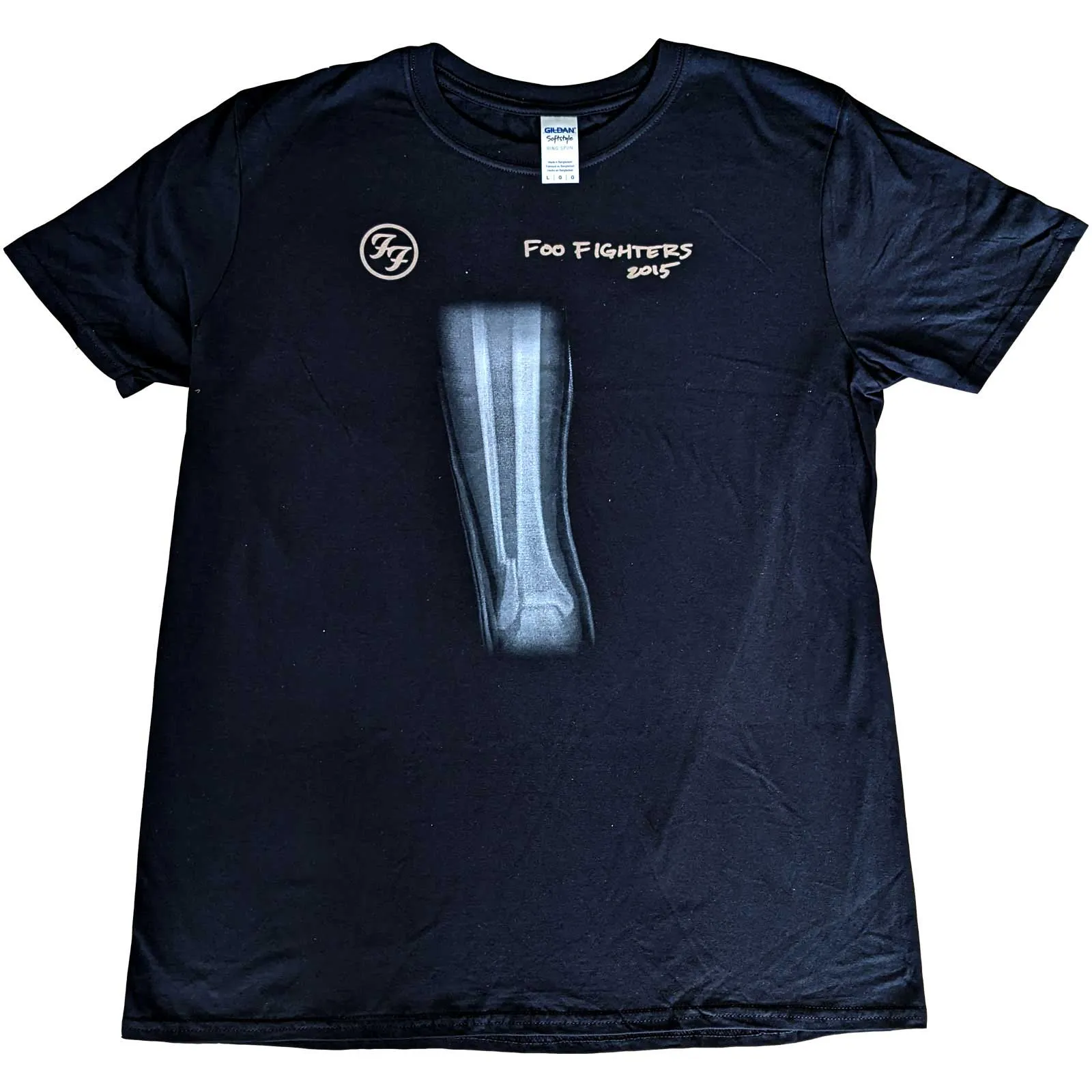In-depth We play endlessly: A comprehensive guide to Sigur Rós
We take a look at the inner workings of the Icelandic treasures.
Up until their last album, 2013’s ‘Kveikur’, Sigur Rós seemed fairly easy to define. They’d carved out a niche all of their own in their near-twenty-year career, becoming slightly predictable in the process, yet never dull. This album, though, changed things, with its grey, industrial percussion and thumping rhythms. It was quite a step up for a band clearly so comfortable in their own skin to make at album number seven, and one which opened every possible door for its follow-up.
After a break following its extensive tour, the band are back for a series of festival dates this summer, at which they are set to unveil their first material since the album. To prepare, we’ve put together a comprehensive guide to the Icelanders, tracing their development from their early ’90s beginnings to their new, meatier selves, via every Simpsons cameo and lasagne recipe along the way.
Beginnings
When Sigur Rós, named after singer Jónsi’s little sister Sigurrós Elín, were born in 1994, they sounded like very little else. Though debut album ‘Von’ was released to little fuss - a measly 300 copies were sold in its first year - it formed the blueprint for a band who would build and build with each next release, constantly innovating. The band’s slightly stalled beginning gave way, literally, to ‘A Good Beginning’, with 1999’s ‘Ágætis byrjun’, the band’s first with keyboardist Kjartan Sveinsson, who would remain in the band until 2013.
The songs on ‘Ágætis…’ reached a little higher and hit a little harder than ‘Von”s, with ‘Svefn-g-englar’ and ‘Olsen Olsen’ remaining live favourites to this day. Despite it not strictly being their debut album, it feels like one in every way, and the best introduction to the band. Though their appearances on television, both in soundtrack and character form (read on…), would get bigger and weirder from here on, songs from ‘Ágætis byrjun’ appeared on shows such as ‘24’ and ‘CSI’, taking the band on their first steps out of their insular existence on the northern isle.
Breakout, and ‘()’
After the release of ‘Ágætis byrjun’, Orri Páll Dyrason joined the band, replacing existing drummer Ágúst Ævar Gunnarsson and forming the four-piece Sigur Rós that would exist for the next ten years-plus. All seventy minutes of 2002’s ‘()’ is driven by Jónsi’s repeated set of vocals in their fabricated Hopelandic language, looping like a never-ending ferris wheel over continually shifting instrumentation. ‘()’ is an album to get lost in like no other Sigur Rós record, with those eleven meaningless syllables the soundtrack to an album it was possible to extract whatever you wanted from.
Taking over Planet Earth
For many, it’s still not possible to picture Sigur Rós’ music without David Attenborough’s voice and an army of wildebeest, or something. As much of an irritatingly constant referral point it may have become, the inclusion of ‘Hoppípolla’ on the credits of ‘Planet Earth’ cemented the band’s music as some of the most beautiful and affecting around, with its counterparts on 2005’s ‘Takk…’ equally grand. The credits of the FA Cup final might have been worlds away from the cut-off studio just outside of Reykjavík that ‘Takk’ was written in, but at this point, Sigur Rós had become Iceland, and their greatest success was always going to be beyond its borders.
At the end of ‘Takk…”s monstrous world tour, the band returned home for a series of tiny, impromptu gigs around Iceland, collated into 2007 film ‘Heima’ (“at home”). The band’s clear alienation with their sudden increase in success was reflected upon, and it was clear that whatever the band returned with after ‘Takk…’, they would be a different band.
Embracing the light
For a band so lauded for their love of darkness and mystery, returning with an outwardly, unashamedly poppy song titled ‘Gobbledigook’ threw quite a few people off. ‘Með suð í eyrum við spilum endalaust’ is quite comfortably the band’s lightest material, with the crushing emotion of ‘Takk…’ and ‘()’ giving way to the embracing of choruses. Their performance of ‘Gobbledigook’ with Björk, at a 1998 concert in Reykjavík to raise awareness for the protection of Iceland’s natural landscape, has since become legendary, and cemented the band as national heroes, a title which they still hold.
They’re funny, honest…
From a band known to so many as moody, introverted and serious, Sigur Rós really do have a funny side. For a start, Jónsi and his boyfriend Alex host a cooking show - and don’t try and say there’s much cuter than the pair making a strawberry pie with help from ‘Mr Wabbit’.
In another even stranger occurrence, the band starred in an episode of ‘The Simpsons’ entitled ‘The Saga Of Carl’ in 2013, joining the likes of The White Stripes and, famously, Billy Corgan, in appearing on the show.
A thunderous live band
Across their twenty-year career, Sigur Rós have been consistently regarded as one of the best live bands on the planet. From the euphoric ending to ‘Glosoli’, the customary twenty-minute set closer of ‘Untitled 8’, the band’s live show is never anything short of a religious experience. Perhaps the highlight, though perilously close to becoming a kind of circus trick, is the absurd amount of time Jónsi can hold that note in ‘Festival’ (at around 1:35 here - hold your breath). Returning for UK sets at London’s Citadel and Bristol’s Summer Sessions, expect a set as emotive as ever.
‘Kveikur’, and a heavier turn
After the slight hiccup of sixth album ‘Valtari’ and departure of Sveinsson in 2012, Sigur Rós came back revitalised and more crushing than ever with ‘Brennisteinn’, the first single from their most recent album, ‘Kveikur’. While Jónsi’s angelic, breathy vocals remained, they were backed by percussion that sounds like it’s lifted from a blacksmiths, and crushing bass. The choruses of ‘Með suð’ still appear on ‘Ísjaki’ and ‘Stormur’, but ‘Brennisteinn’ and the title track are the band’s heaviest cuts to date, and their biggest statement in a decade.
The largely muted response to ‘Valtari’ and the disbanding of the four that made Sigur Rós one of the underground’s biggest bands in the 2000s cried out for a big return with ‘Kveikur’, and the band provided it. The album opens up an endless number of doors for the band to venture down with ‘Kveikur”s follow-up, and it ensured that the band with a niche no-one could touch didn’t settle down into a routine, or rest on any laurels. Twenty years in, and they’re evolving more than ever, with anything possible heading into 2016 and LP8.
Sigur Rós will play Citadel (17th July), where DIY is an official media partner. Tickets are on sale now. Visit diymag.com/presents for more information.
Read More

Sigur Rós return with new single ‘Blóðberg’
The track marks the Icelandic band's first new music in seven years.
12th June 2023, 3:11pm

Sigur Rós announce orchestral album ‘Odin’s Raven Magic’
Listen to lead single 'Dvergmál' now.
24th October 2020, 12:00am

Sigur Rós announce BST Hyde Park appearance
They’ll play a free show as part of the festival’s Open House series.
21st May 2019, 12:00am

Sigur Rós share new music at LA event
They've also shared a new volume of their endless ambient streaming mixtape 'Liminal'.
10th December 2018, 12:00am
With Bob Vylan, St Vincent, girl in red, Lizzy McAlpine and more.





